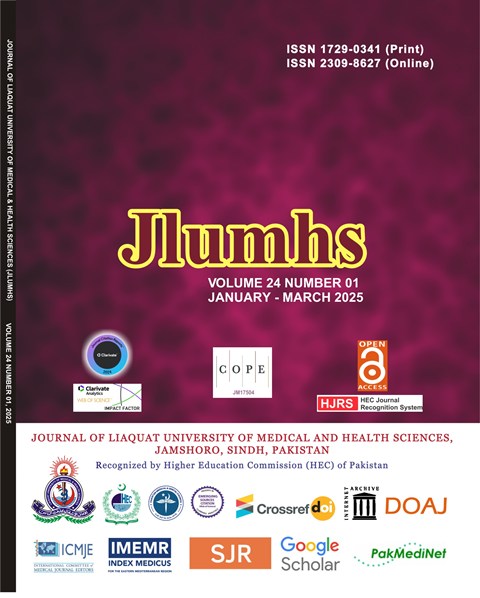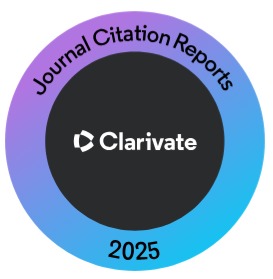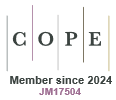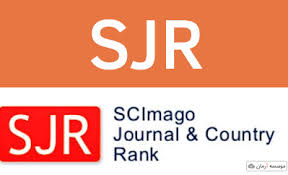Concurrent Validity and Intra-Rater Reliability of Smartphone Application Angle Meter for Shoulder Range of Motion
Keywords:
Angle meter, Concurrent validity, Intra-rater reliability, Range of motion, Shoulder Joint, Universal goniometerAbstract
Objective: To evaluate concurrent validity and intra-rater reliability of smartphone application angle meter for shoulder range of motion.
MethodOLOGY: An observational cross-sectional study was performed using a non-probability convenient sampling technique to collect data. Data from 37 healthy volunteers was recruited from Riphah Rehabilitation Center Lahore in April-September 2022. Participants aged 18 to 35 who could actively move the Shoulder's dominant side were included in the study. The universal goniometer and the angle meter application measured the active shoulder range of motion. Each movement was performed three times and assessed one by one with a universal goniometer and angle meter application to limit exertion. There was a resting period of 1 day after each movement. Collected data was analyzed with SPSS 20.0.
Results: An angle meter app could be a feasible alternative to the goniometer instrument for healthcare practitioners to evaluate active shoulder range of motion. The Cronbach's alpha value was 0.933 for Shoulder Flexion, 0.986 for Shoulder Abduction, 0.994 for Shoulder Internal Rotation, and 0.980 for Shoulder External Rotation. Overall, Cronbach's alpha value portrayed excellent reliability for the Smartphone Angle Meter. Based on the results, it can be stated that the Smartphone Angle Meter app has a high strength to robust positive correlation for the Shoulder range value of <0.001, confirming the statistical significance of the positive relationship.
Conclusion: According to this study's findings, the Angle meter app was a valid and reliable alternative goniometer tool for assessing active shoulder range of motion in healthy adults.
References
Keogh JW, Cox A, Anderson S, Liew B, Olsen A, Schram B, et al. Reliability and validity of clinically accessible smartphone applications to measure joint range of motion: A systematic review. PLoS One. 2019; 14(5): e0215806.
Kiatkulanusorn S, Luangpon N, Srijunto W, Watechagit S, Pitchayadejanant K, Kuharat S et al. Analysis of the concurrent validity and reliability of five common clinical goniometric devices. Scientif Repts. 2023; 13(1): 20931.
Correll S, Field J, Hutchinson H, Mickevicius G, Fitzsimmons A, Smoot B. Reliability and validity of the halo digital goniometer for shoulder range of motion in healthy subjects. Int J Sports Phys Ther. 2018; 13(4): 707.
Kerst A, Zielasek J, Gaebel W. Smartphone applications for depression: a systematic literature review and a survey of health care professionals' attitudes towards their use in clinical practice. Eur Arch Psychiatr Clin Neurosci. 2020; 270(2): 139-52.
Pires IM, Marques G, Garcia NM, Flórez-Revuelta F, Ponciano V, Oniani S. A research on the classification and applicability of the mobile health applications. J Personal Med. 2020; 10(1): 11.
Dent Jr PA, Wilke B, Terkonda S, Luther I, Shi GG. Validation of teleconference-based goniometry for measuring elbow joint range of motion. Cureus. 2020;12(2).
Clarkson H. Musculoskeletal assessment: joint range of motion, muscle testing, and function: Lippincott Williams & Wilkins; 2020.
Sahid MH, Pratiwi A, Ajjauza FF. Reliability and Validity of the Digital Goniometry to Determining Active Shoulder Range of Motion in Occupational Therapy Contextual Learning Strategy Using Digital Technology. The 2nd PGSD UST Int Conference On Education. 2019; p. 25-31
Reid S, Egan B. The validity and reliability of DrGoniometer, a smartphone application, for measuring forearm supination. J Hand Therapy. 2019; 32(1): 110-7.
Ishii K, Oka H, Honda Y, Oguro D, Konno Y, Kumeta K et al. Accuracy and reliability of a smartphone application for measuring the knee joint angle. J Physical Therapy Sci. 2021; 33(5): 417-22.
Shimizu H, Saito T, Shimoura K, Kawabe R, Shinohara Y, Mukaiyama K et al. Validity and reliability of a smartphone application for self-measurement of active shoulder range of motion in a standing position among healthy adults. JSES Int. 2022; 6(4): 655-9.
Mejia-Hernandez K, Chang A, Eardley-Harris N, Jaarsma R, Gill TK, McLean JM. Smartphone applications for the evaluation of pathologic shoulder range of motion and shoulder scores—a comparative study. JSES Open Access. 2018; 2(1): 109-14.
Bergh A, Lauridsen NG, Hesbach AL. Concurrent validity of equine joint range of motion measurement: a novel digital goniometer versus universal goniometer. Animals. 2020; 10(12): 2436.
Angst F, Benz T. Disabilities of the Arm, Shoulder and Hand Questionnaire (DASH). Encyclopedia of Quality of Life and Well-Being Research. Springer. 2021; 1-22.
Milanese S, Gordon S, Buettner P, Flavell C, Ruston S, Coe D et al. Reliability and concurrent validity of knee angle measurement: smartphone app versus universal goniometer used by experienced and novice clinicians. Manual Therapy. 2014; 19(6): 569-74.
Lau T, Lin S, True T, Wu W, McKivigan JM. Reliability and Validity of a Smartphone-Based Inclinometer Application Measuring Shoulder Internal Rotation. J Physical Fitness Med Treat Sports. 2020; 7(5): e555725.
Smith AB. Validation of a smartphone application for measuring Shoulder internal rotation and external rotation range of motion with intra-rater reliability: Otterbein University; 2016.
Downloads
Published
How to Cite
Issue
Section
License
Copyright (c) 2025 Journal of Liaquat University of Medical & Health Sciences

This work is licensed under a Creative Commons Attribution-NonCommercial-ShareAlike 4.0 International License.
Submission of a manuscript to the journal implies that all authors have read and agreed to the content of the undertaking form or the Terms and Conditions.
When an article is accepted for publication, the author(s) retain the copyright and are required to grant the publisher the right of first publication and other non-exclusive publishing rights to JLUMHS.
Articles published in the Journal of Liaquat University of Medical & health sciences are open access articles under a Creative Commons Attribution-Noncommercial - Share Alike 4.0 License. This license permits use, distribution and reproduction in any medium; provided the original work is properly cited and initial publication in this journal. This is in accordance with the BOAI definition of open access. In addition to that users are allowed to remix, tweak and build upon the work non-commercially as long as appropriate credit is given and the new creations are licensed under the identical terms. Or, in certain cases it can be stated that all articles and content there in are published under creative commons license unless stated otherwise.























